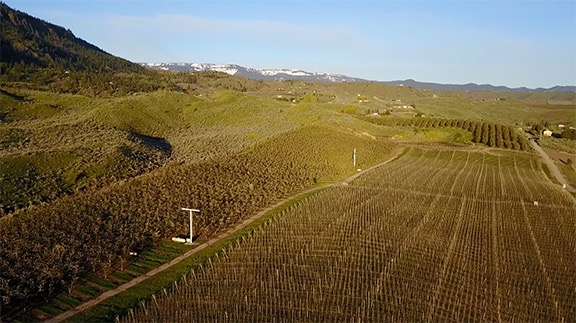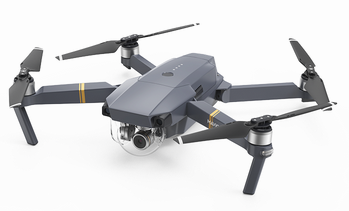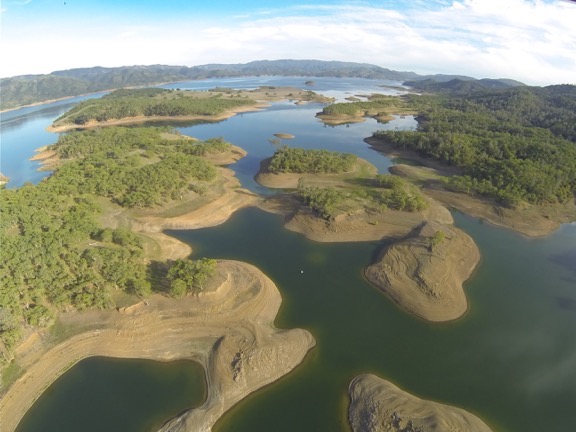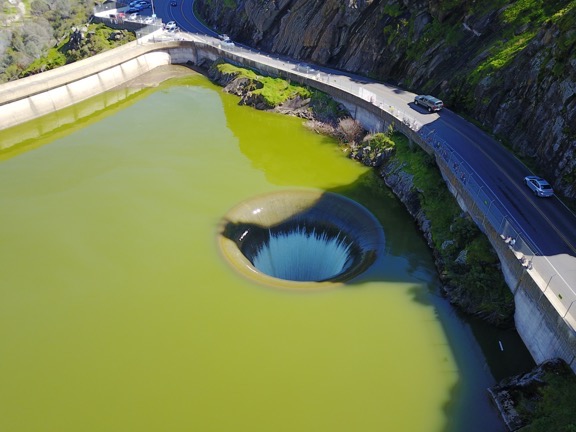A few thoughts from someone who has been doing it for a long time.
I’ve been doing aerial photography since I began flying helicopters, way back in the late 1990s. At first, it was a few digital images shot awkwardly with my left hand while my right hand was busy on the cyclic. Later, I went through a variety of different cameras mounted in and on the helicopter, some set to automatically shoot whatever was in front of them and others with limited control from inside the cockpit. I had a POV.1 camera in 2008, which I replaced with a GoPro Hero in 2010. Since then, I’ve had a variety of GoPros, right up to a GoPro 3+. (Even I get tired of throwing money at new versions of hardware.) I’ve created numerous still and video images from my helicopter, some of which still amaze me.
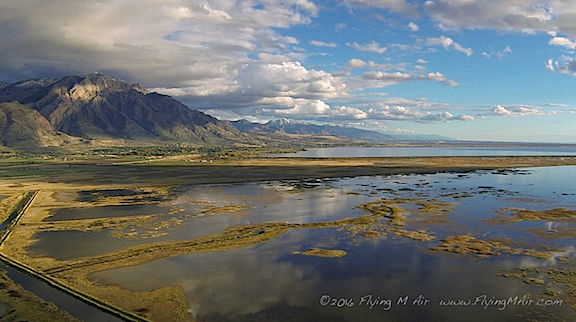
This is one of my very favorite aerial photos: the north end of the Great Salt Lake, shot with a GoPro 3 mounted on the nose of my helicopter as I flew it south to Arizona last autumn. The camera was set to time-lapse mode, shooting one photo every minute. We were probably about 700 feet up here.
But the point of this discussion is this: I’ve been looking at the world from a different point of view for about 20 years now. It’s not the same point of view as an airliner cruising at 29,000 feet and 500 mph. And it’s not the point of view of a private plane cruising at 1,500 feet and 140 mph. It’s the point of view of a helicopter, usually cruising at an average of only 500 feet at 90 miles per hour, with the ability to stop, make sudden turns, or descend for a closer look.
Pilots get used to seeing the world from this different perspective. After a while, it isn’t anything special. We can get a feel for how different things might look from the air: a canyon, a river, a farm, a junkyard. That doesn’t mean it gets boring — it doesn’t. But it does mean that we don’t see anything special about it anymore.
Kind of sad, isn’t it?
That’s one of the reasons I like flying with first time passengers. I get a reminder of what it’s like to see things from a new perspective.

Want to become a commercial drone pilot? Start by learning all about the FAA’s Part 107. This book will help. Buy the ebook edition on Amazon or from Apple. Or buy the paperback edition on Amazon.
But I was reminded again about the novelty of seeing everyday things from above when I watched a documentary on Lynda.com called “Flight Club: Drones and the Dawn of Personal Aerial Imaging.” Listening to the people explain how they felt when they saw these low-level aerial images really helped me understand just how amazing aerial photography is, especially to folks that don’t have a helicopter at their disposal — which, admittedly, is most people.
Folks who know me well know how anti-drone I was when they first started appearing on the scene a few years back. But what convinced me that they were serious photography tools is the quality of the images they produced and the ease at which an operator could get them. I dove into drone photography last winter with the purchase of a Mavic Pro and will be doing a lot more of it in the months to come.
If you are curious about drones for aerial photography, I highly recommend you spend 25 minutes or so watching the documentary I saw last night. I think you’ll enjoy it and learn a lot about why people are so excited about it.
If you do watch, let me know what you think.

